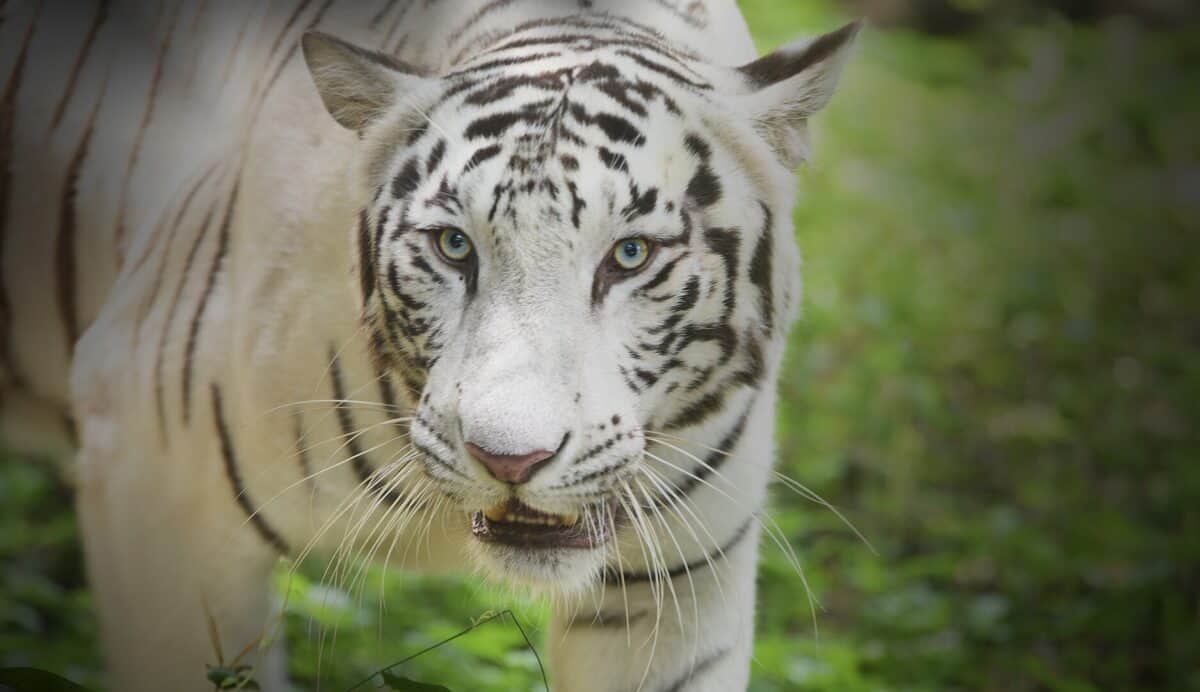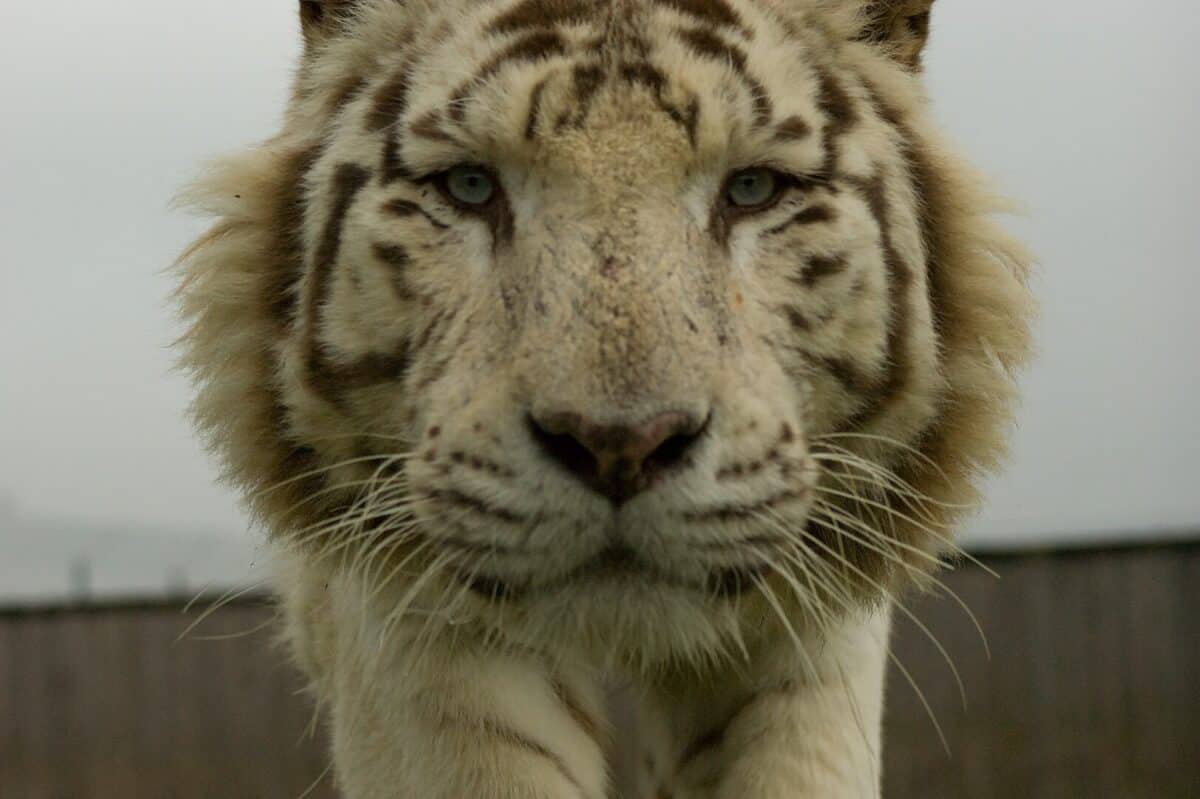In an exciting development at the Buenos Aires Zoo, four adorable white Bengal tiger cubs recently made their entry into the world, captivating everyone with their pristine beauty and rarity.
These cubs, consisting of two males and two females, each weighed around one kilogram at birth, marking a joyous occasion for the zoo and animal enthusiasts alike.
The Wonder at Buenos Aires Zoo

These little ones were born following a gestation period of 103 days, inheriting their distinct black stripes and intense blue eyes from their parents—a beautiful contrast against their white coats. The zoo’s staff, filled with pride and joy, shared details about the cubs’ unique features which are indicative of their rare genetic lineage.
White Bengal tigers, such as these cubs, are an incredibly rare sight in the wild. Originating from the lush jungles of Asia, including countries like Bangladesh, China, India, and Nepal, the Bengal tiger stands as the true “king of the jungle” on the Asian continent and is recognized as the largest of all feline species. However, due to excessive hunting for their striking fur and the ongoing destruction of their natural habitats, the number of these majestic creatures has drastically declined, leaving them very few in numbers across the globe.
A day to celebrate

Today, the few white tigers that remain are mostly found in reserves and zoos where they are protected and can be safely bred. Their rarity and striking appearance make them exceptionally charismatic, capable of drawing large crowds and sparking interest in wildlife conservation.
Claudio Bertonatti, the director of the Buenos Aires Zoo, highlighted the significant role these animals play in conservation efforts. According to him, white tigers and other exotic species serve an important function by attracting visitors to the zoo. These visitors not only come to admire the exotic tigers but also become aware of other native species, which might not be as popular or visible but are equally unique and in need of attention and protection.
The presence of these white tigers at the zoo not only offers a chance to witness these rare creatures up close but also helps educate the public about the importance of wildlife conservation and the pressing need to protect such rare species from the brink of extinction. Through this effort, zoos hope to inspire a deeper appreciation and respect for nature and its diverse inhabitants, aiming to ignite a passion for protecting these animals for future generations.
Genetic Origins

The white tiger’s appearance is due to a mutation in the gene responsible for their pelt’s coloration. This mutation leads to a lack of the orange pigment that typically colors a tiger, though it still allows for the development of black stripes. This genetic trait is recessive, meaning that both parents must carry the gene to produce a white offspring.
Habitat and Distribution

Historically, white tigers were only found in the wild in India. However, due to severe hunting and habitat loss, the last known sighting of a white tiger in the wild was in the mid-20th century in India. Today, they are almost exclusively bred in captivity, found in zoos and wildlife sanctuaries around the world. Their breeding in captivity has raised both interest and controversy regarding the ethics of breeding animals for specific genetic traits.
Conservation Status

White tigers are not considered a separate species and thus do not have a conservation status of their own; instead, they are counted among the population of Bengal tigers, which are listed as endangered by the International Union for Conservation of Nature (IUCN). The primary threats to Bengal tigers, including the genetically white individuals, are habitat loss, poaching, and the illegal wildlife trade.
Controversy in Captivity
The breeding of white tigers in captivity has been controversial. Critics argue that it promotes the propagation of a genetic anomaly that may come with health issues, such as vision problems and other genetic disorders. Additionally, the focus on these visually striking tigers may divert attention and resources from conservation efforts aimed at preserving wild tiger populations in their natural habitats.
Role in Education and Conservation
Despite the controversies, white tigers can play a role in conservation education. They attract a lot of public interest and can serve as ambassadors for tiger conservation. By drawing visitors to zoos and wildlife parks, they can help educate the public about the challenges facing tigers in the wild and the importance of habitat preservation and anti-poaching efforts.
White tigers remain a symbol of beauty and mystery in the animal kingdom. While they face numerous challenges, they continue to be a focal point for discussions about conservation, ethics in captivity, and the future of the planet’s most iconic predators.
Click Here For More Tiger Stories.
Join our Forum for free today!

- These are The 5 Largest Great White Sharks Ever Recorded - July 19, 2024
- The Surprising Benefits of Big Game Hunting - July 18, 2024
- $100k+ Hunting Experiences The Most Expensive Animals to Pursue - July 17, 2024


